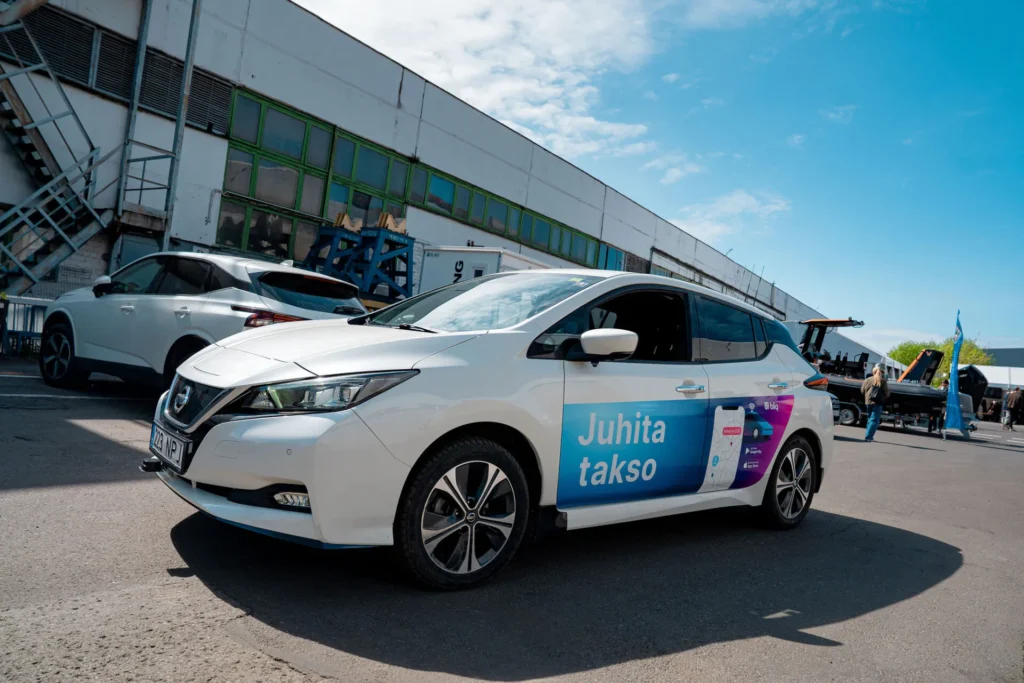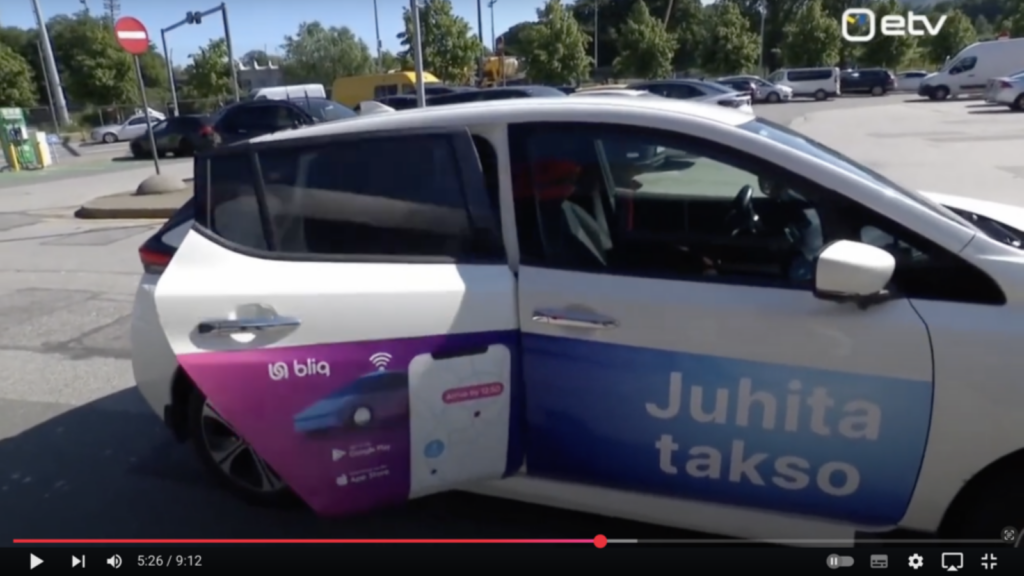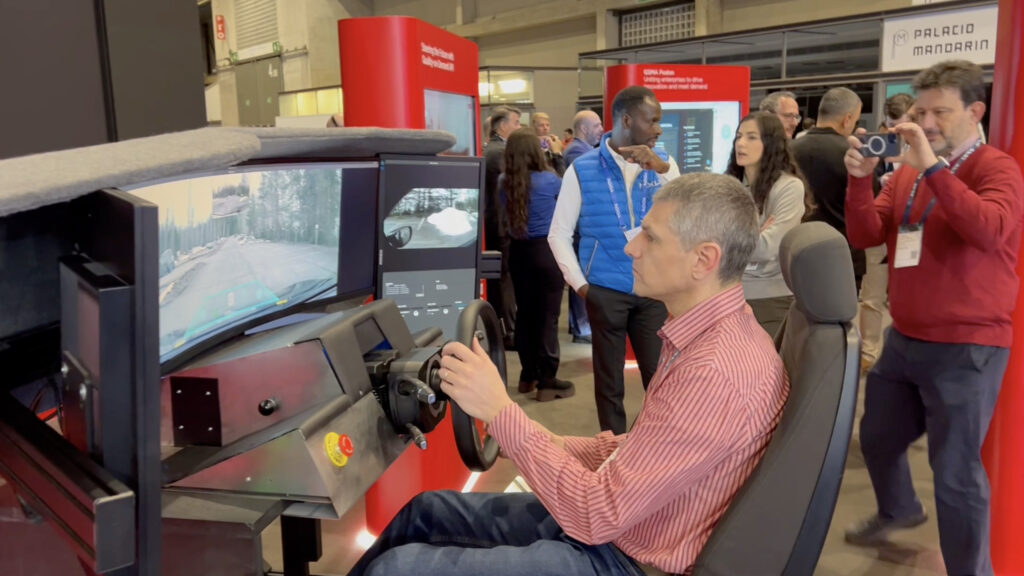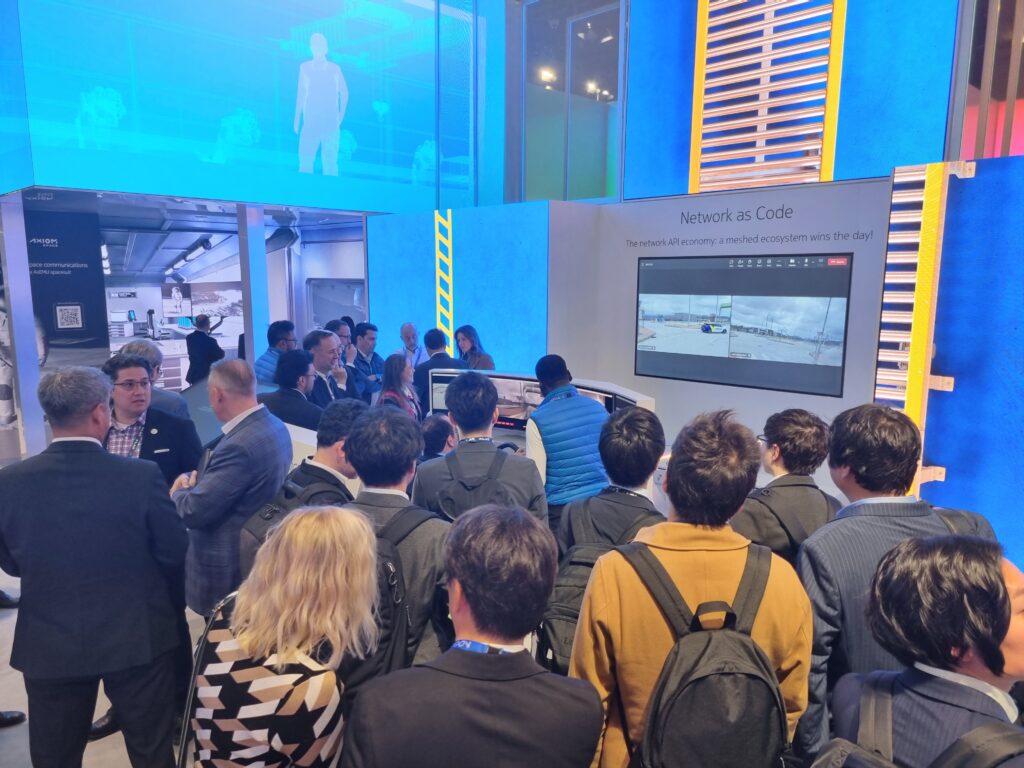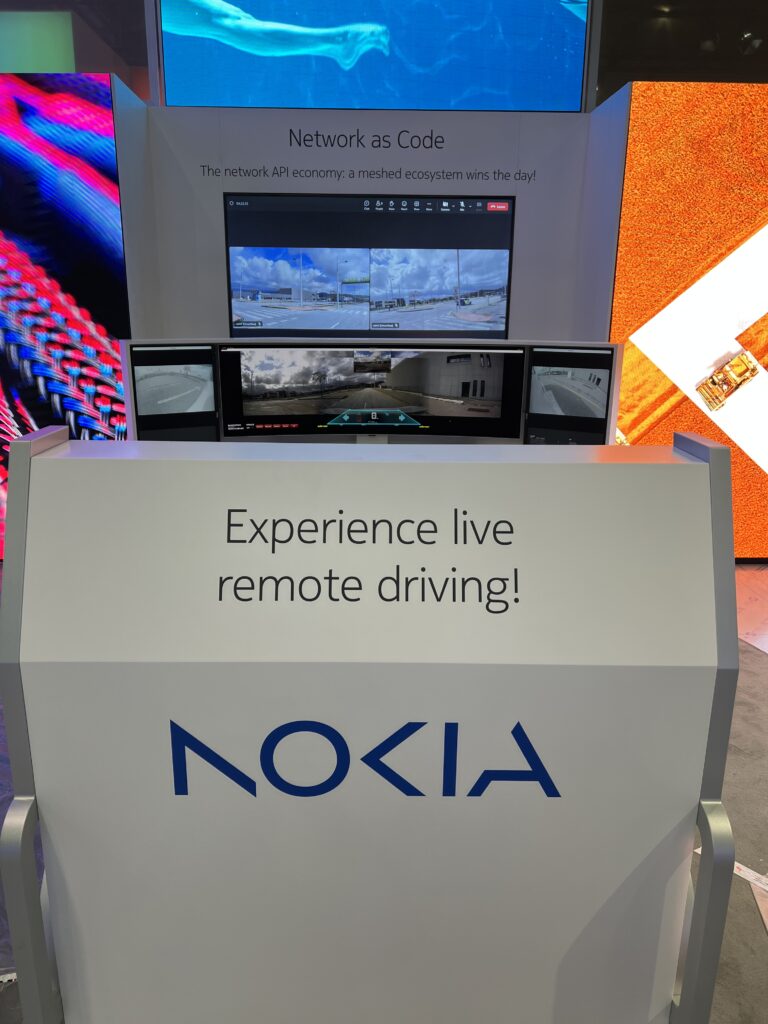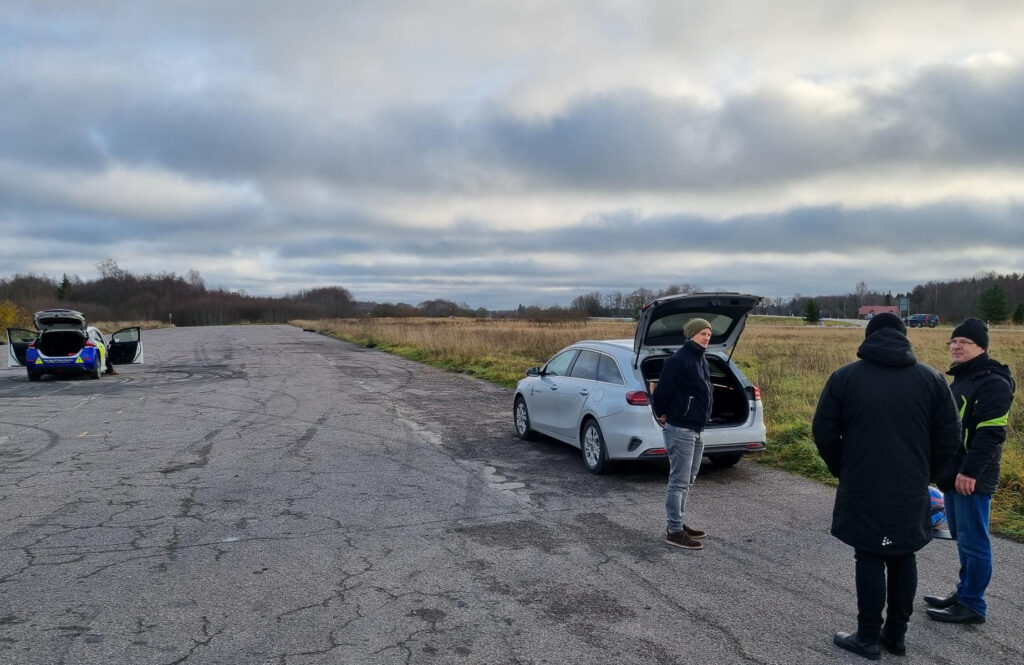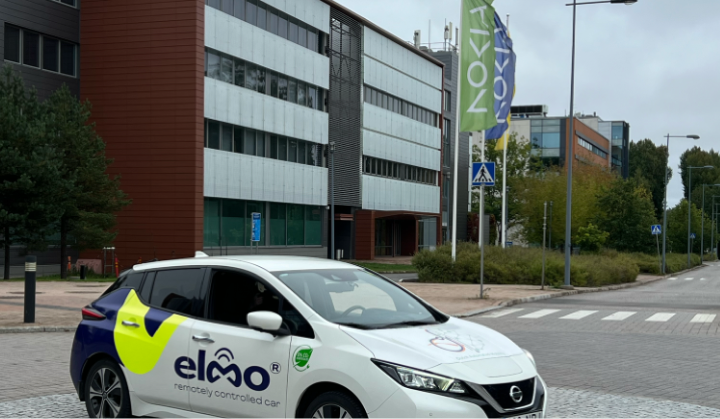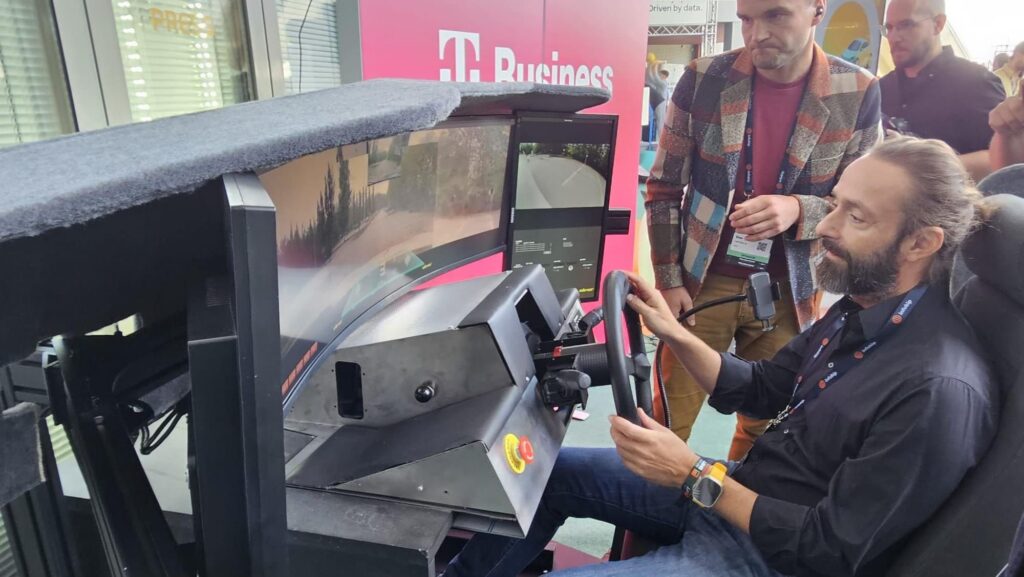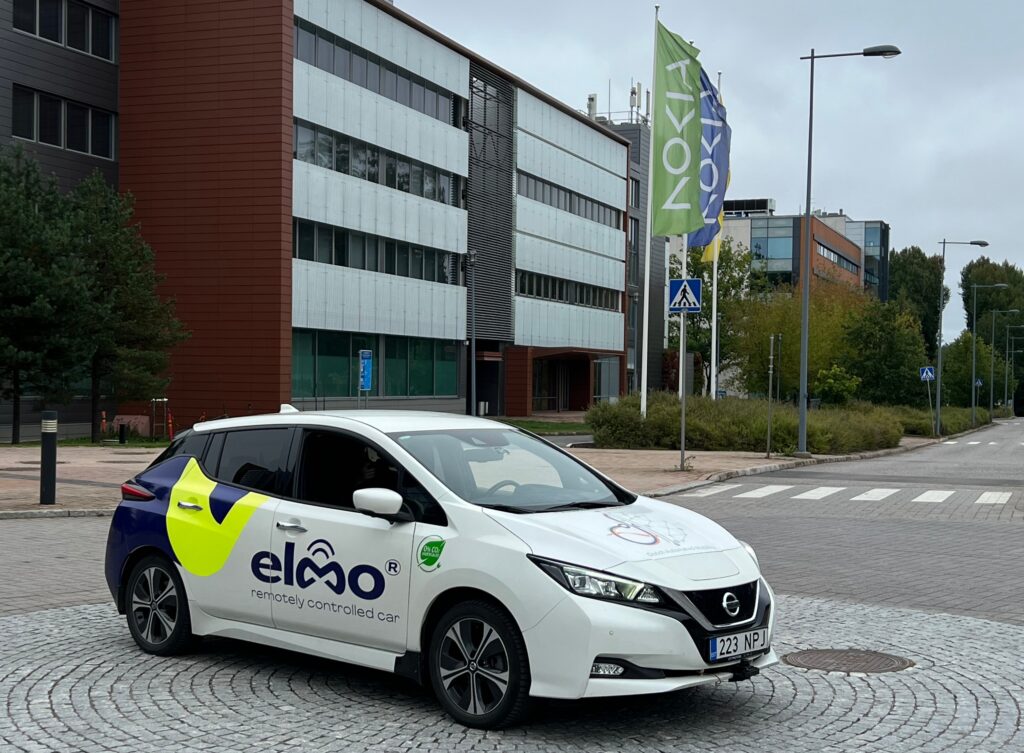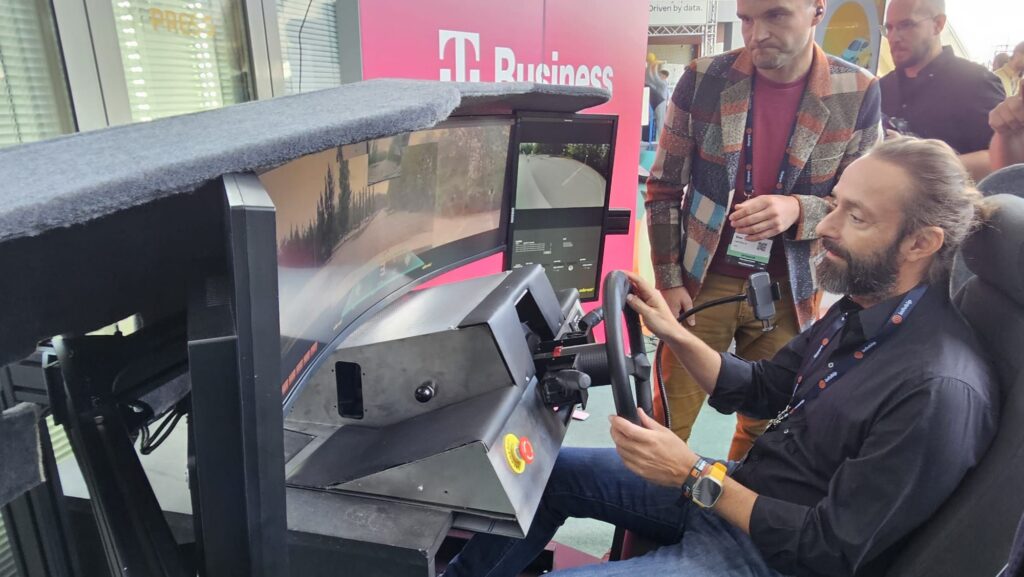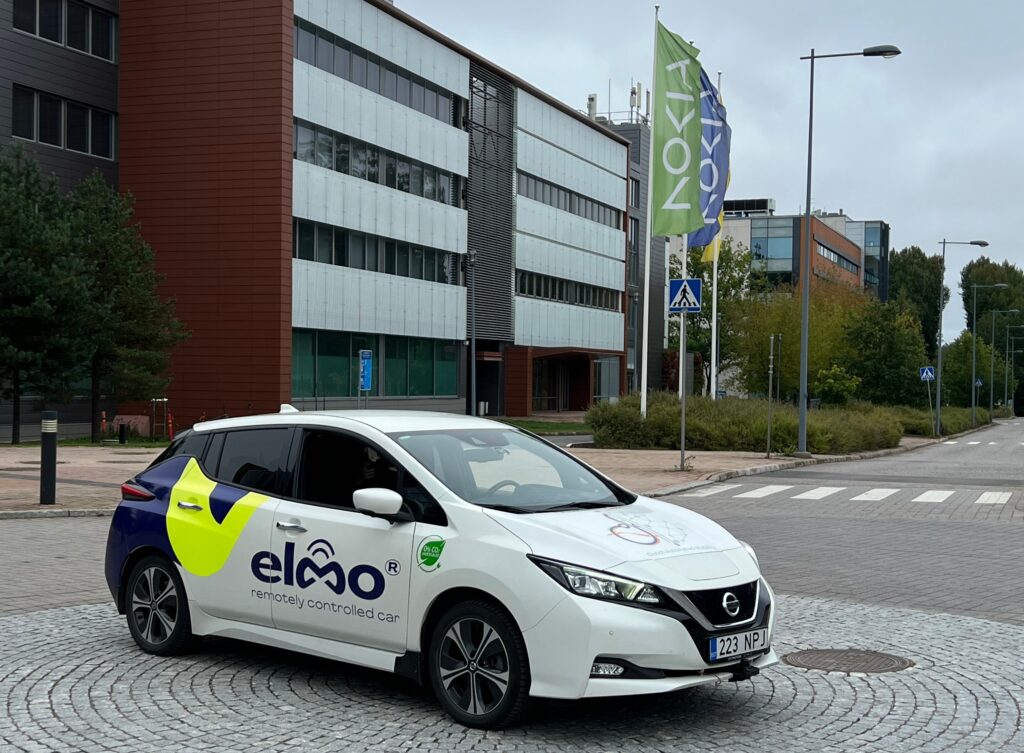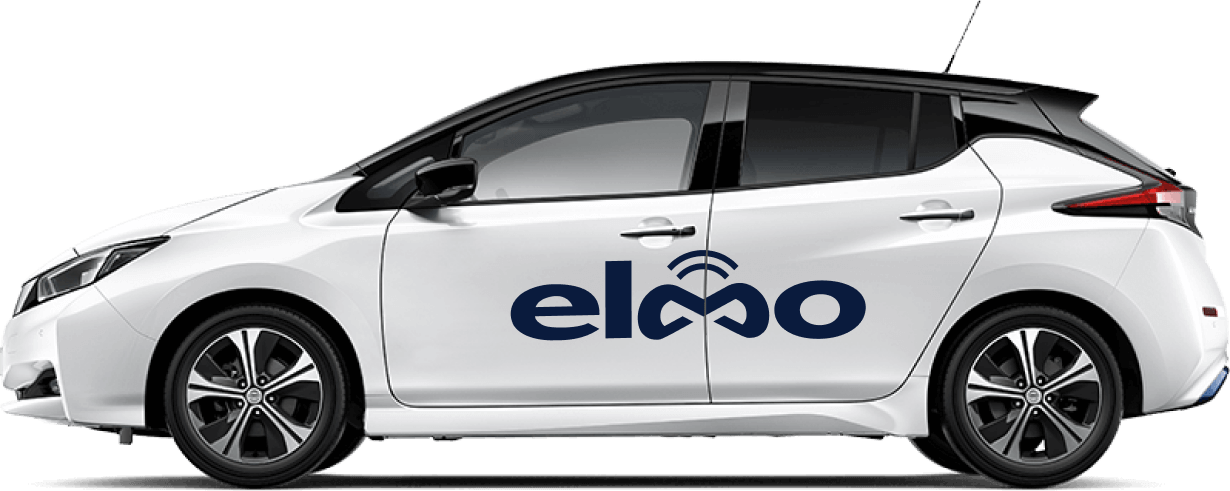The Estonian defence company Telearmy, which develops technology that can turn any vehicle into a remotely operated one, has solved one of the burning questions of modern drone warfare: how to organize risk-free logistics in the front line’s “death zone.”

Now, the company – selected among the top 15 of NATO’s DIANA innovation accelerator – is aiming for mass production.
Because of aerial drones, today’s frontline “death zone” stretches at least ten kilometres, sometimes already 15–20 kilometres. This area is gradually expanding – next year it will most likely be 30–40 kilometres. The “death zone” means that anything moving can be hit by a drone strike. Transport of all kinds and the people operating machines are most at risk.
Yet supplies, ammunition, food, and water must be delivered to the frontline, and the wounded must be transported. This is where ground drones come into play. Perhaps the best-known Estonian company producing unmanned ground vehicles is Milrem Robotics, which builds unmanned tracked platforms.
Driving from 3,000 kilometres away
But since spring 2022, Telearmy has also been active in the defence sector, developing a technological solution that makes it possible to turn any vehicle into a remotely driven one. You rebuild the car, install what they call the “brain,” and then any vehicle can be controlled from as far as 3,400 kilometres away, either via satellite or radio link. The connection is difficult to jam if multiple channels are available.
A driver no longer needs to risk their life in the death zone but can supply the frontline and evacuate the wounded from a safe distance. The live video delay of the technology is only 200 milliseconds. The only difference is that the driver does not feel the motion, which means Telearmy’s technology requires practice. A remote driver should spend at least 16 hours in a simulator to learn proper control.
The technology has been in use on the Ukrainian frontline since the start of the war. “Today we are validated by Ukraine’s Ministry of Defence, among other authorities, and we work daily on different platforms – that is, vehicles and ground drones,” said Telearmy CEO Enn Laansoo Jr., noting that converting an existing vehicle into a remotely operated one is several times cheaper than building a ground drone from scratch.
According to him, converting a vehicle takes about four days. “Two days is where we need to get, but it really depends on the vehicle and our production line,” said Laansoo Jr. If drivers or medics do not need to risk their lives at the frontline, then more expensive vehicles don’t need to be converted for transport – although even armoured vehicles can be made remotely operable.

Laansoo Jr. even claims that infantry soldiers shouldn’t be sent to the frontline to die. Robots can fight robots too, since remotely operated vehicles can be equipped with remotely controlled weapon systems. “We don’t need to send a soldier to carry out an elementary ground capture – you can do it by remote control,” said Laansoo Jr.

A possible new Nokia for the defence industry
Telearmy, chosen among the top 15 companies in NATO’s DIANA defence innovation accelerator, is now aiming for a scale-up. For this, the company received €300,000.
“Smaller ambitions [than mass production] make no sense. Our activities are supported by the fact that remote operation has become one of the hottest technologies in the entire transport sector. The military sector has caught up too – remotely controlled ground vehicles have become a priority. In Ukraine this is a very hot topic at every level,” explained Laansoo Jr.
According to him, the company is already close to signing a major contract and entering the serial production phase, where one remotely operated vehicle could be produced in hundreds of units. “In the military sector, production volumes will likely stay around hundreds, but in the mobility sector, one client alone could take 1,000 vehicles – even 2,000 – where the technology is somewhat simpler,” Laansoo Jr. said.
Could Estonia’s Defence Forces have a demand for such technology? Yes and no. Although defence budgets are growing, the current priority is to achieve basic aerial drone capabilities within four years.
“Today, inevitably, aerial drones are the focus we must develop. That is understandable. Whether and when remotely operated vehicles will become an elementary part of the defence forces will inevitably take more time,” Laansoo Jr. assessed.
As Postimees has previously written, interesting things are being developed in Estonia’s drone industry – but a scale-up has not yet happened. In 2022, when Russia launched its full-scale invasion of Ukraine, Estonia had two drone companies: Threod Systems and Krattworks. Today there are still two drone companies: Threod Systems and Krattworks.
“In Estonia, it’s too late for the aerial drone industry,” said Laansoo Jr. “The hourly wage here is higher than in neighbouring countries. Our supporting industry is not favourable either, and we have to start building it up, while elsewhere mass production is already underway.” A ceasefire in Ukraine would bring even more competition to the European market.
“What is Estonia’s opportunity? Ground drones are the next hot topic. They haven’t reached mass adoption yet, and here Estonia already has clear advantages. Milrem is a very good example – they sell their product worldwide,” said Laansoo Jr., adding that Estonia could become a leading country in the production of ground drones.
Full article available here.




